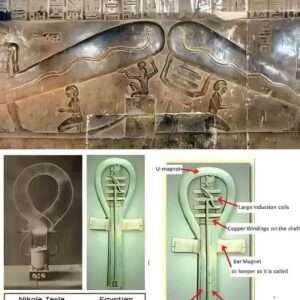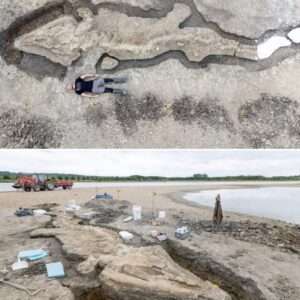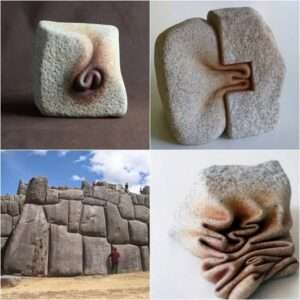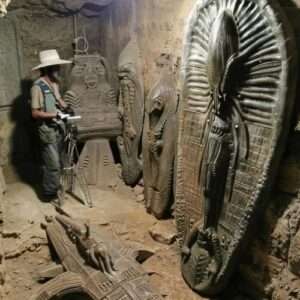In 1905, amid the bustling city of Portland, Oregon, the Forestry Building stood as a magnificent testament to the region’s rich timber heritage. Crafted from towering Douglas fir logs, some as wide as six feet in diameter and fifty-four feet in length, this monumental structure was a marvel of early 20th-century log architecture.
During the Lewis and Clark Exposition of 1905, the Forestry Building, often referred to as the “temple of timber,” captivated visitors with its detailed wooden arches, imposing columns, and cathedral-like interior. Inside, displays of giant logs, intricate furniture, and various wood products celebrated the beauty and economic significance of Oregon’s forests.

The exterior of the building seamlessly blended with the surrounding forest, reflecting the state’s deep connection to nature. It stood as a symbol of Portland’s history and natural heritage, embodying the strength and beauty of Oregon’s timber industry.
Tragically, on August 17, 1964, a devastating fire engulfed the Forestry Building, reducing this architectural masterpiece to ash. The loss of this iconic structure left a void in the community, robbing future generations of a tangible link to the state’s timber past.
Today, the Forestry Building is remembered as a grand monument of Oregon’s bygone era of timber prosperity. Though now only existing in faded memories and black-and-white photographs, its legacy lives on as a reminder of the enduring impact of the region’s forestry industry.
The destruction of the Forestry Building serves as a somber reminder of the fleeting nature of architectural splendors. Despite its tragic end, the building continues to hold a place of reverence in the hearts of those who cherish Oregon’s natural beauty and economic history.
In conclusion, the Forestry Building in Portland, Oregon, may have vanished in a blaze, but its spirit endures as a symbol of the state’s once-thriving timber legacy. Its story serves as a poignant reminder of the cyclical nature of history and the impermanence of even the grandest structures.





